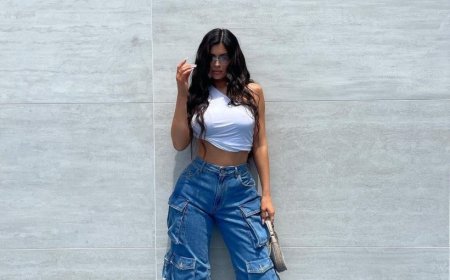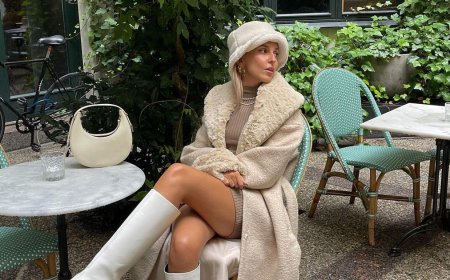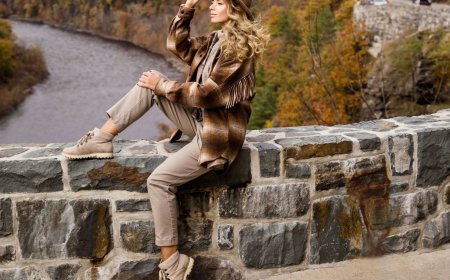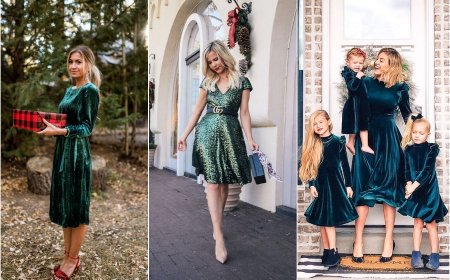Is 60 Degrees Shorts Weather? The Ultimate Guide to Dressing for Mild Temps
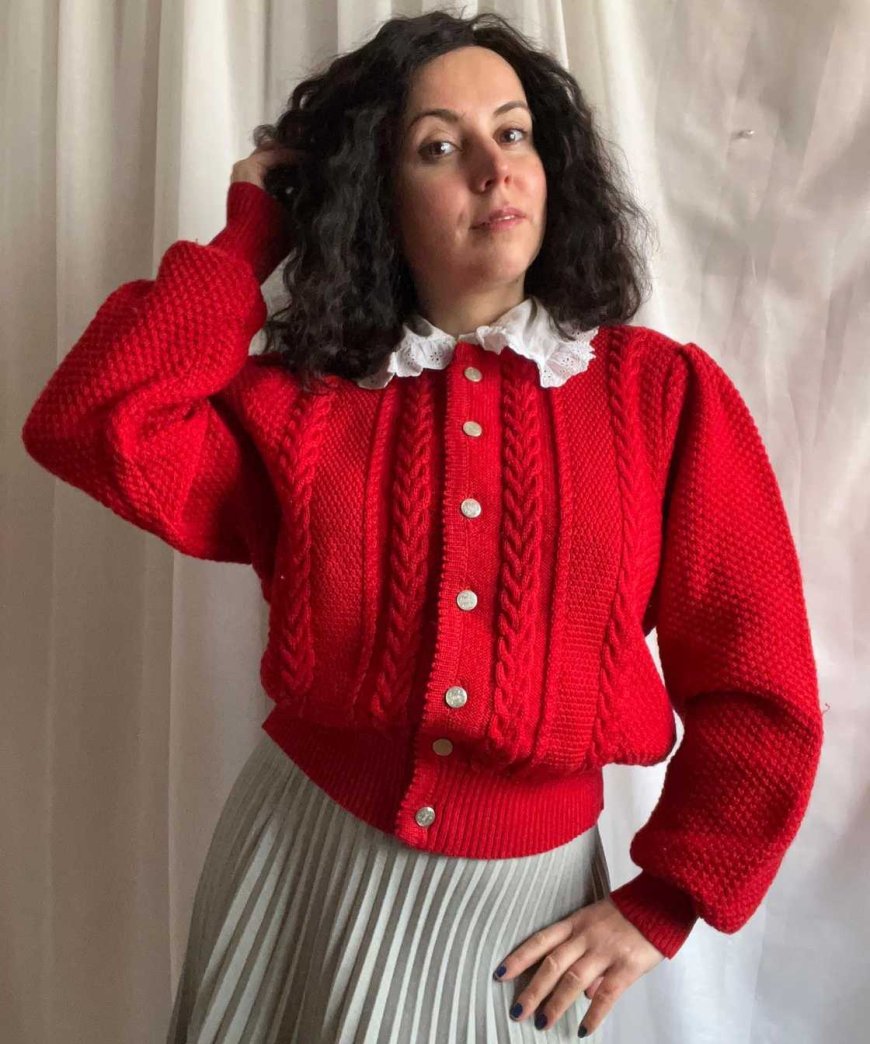
When the mercury hovers around 60 degrees Fahrenheit, individuals often find themselves in an intriguing sartorial predicament. Does a temperature at this threshold signify an invitation to don shorts, or is it more prudent to reach for long pants? This article aims to unravel the complexities of dressing for mild temperatures, particularly focusing on the perennial debate surrounding appropriateness of shorts in such weather. With a touch playfulness, readers are encouraged to contemplate their own fashion choices in the face of fluctuating springtime weather patterns.
The appeal of sunny days is undeniable. The mild temperatures beckon people outdoors, invigorating the senses with the charms of nature. However, it is essential to navigate the associated clothing choices with sagacity. The question looms: Is 60 degrees shorts weather? To unravel this conundrum, several dimensions must be explored, including personal comfort, cultural nuances, and physiological responses to temperature.
Understanding Personal Comfort Levels
Personal comfort plays a pivotal role in deciding what to wear when temperatures reach 60 degrees. Individual tolerance to cold varies widely. For some, this temperature might evoke memories of balmy summer days, eliciting a desire to embrace warmer attire such as shorts and T-shirts. Conversely, others may feel chilly, necessitating layered clothing and sturdier fabrics to ensure warmth.
Furthermore, it is worth contemplating the activity planned for the day. Engaging in vigorous outdoor activities, such as cycling, hiking, or participating in sports, may warrant lighter clothing. The body generates heat through movement, offering a layer of warmth calculated to make even the coolest air feel inviting. However, when sedentary, individuals often find themselves at the mercy of the external climate, necessitating a more conservative sartorial approach.
The Role of Fabric and Layering
Another factor to consider includes the fabrics chosen for the occasion. Breathable materials such as cotton or moisture-wicking synthetics can play a crucial role in temperature regulation. They work to wick moisture away from the skin, reducing the chill that may accompany cooler air, particularly when the body is in motion.
Layering becomes paramount when it comes to dressing for fluctuating climates. The ability to customize your approach based on shifting temperatures is invaluable. A comfortable yet fashionable outfit may consist of a tank top or light T-shirt paired with shorts, complemented by a lightweight cardigan or jacket. This attire allows for easy adaptability—shedding layers when the sun graces the day or adding them back when a sudden gust of wind sweeps through.
Analyzing Cultural and Social Factors
Regional differences and cultural norms significantly influence perceptions of appropriate attire. In some locales, residents view 60-degree weather as a signal to showcase their legs, while in others, it prompts a return to heavy clothing. Urban settings often embrace a more diverse sartorial perspective—individuals may sport shorts alongside their heavily clothed counterparts, creating a tapestry of style that reflects personal preference as much as climate.
The context of events is also salient. An outdoor summer concert, a barbecue, or a festival may evoke a spirit of casualness, favoring shorts and sandals. Comparatively, a business function or formal gathering would necessitate a more discreet approach, wherein longer trousers are not only preferred but expected. These social signals and expectations should meticulously guide one’s fashion choices, as attunement to the environment promotes harmony and understanding.
Physiological Considerations in Clothing Choice
To further explore the interplay between temperature and clothing, one ought to examine how the human body responds to varying degrees of warmth. Our physiological mechanisms are countered to maintain a core temperature range, with peripheral body parts such as hands and feet often changing temperatures first. As such, how one dresses can elicit an array of thermal reactions—chilly extremities may lead to discomfort long before the core is affected.
Moreover, wind chill often intensifies the perceived severity of 60 degrees. If a cool breeze accompanies these temperate conditions, temperature perception shifts dramatically. To circumvent overcooling, individuals might opt for additional layers that accommodate wind protection—hence, creating a hedge against the elements while still enjoying the solace of mild weather.
Top Options for Dressing in 60-Degree Weather
In light of this multifaceted exploration, selecting appropriate attire becomes a more nuanced task. Consider the following options, which balance practicality and style effectively:
Casual Chic for Daylight
For daytime outings where activity reigns supreme, opt for tailored shorts paired with a breathable top. Dress up the ensemble with light sneakers or sandals, pairing them with accessories that are not overly cumbersome. Perhaps a whimsical sun hat or stylish sunglasses will add an artistic flair. Choosing colors that evoke the season—pastels or bright hues—can imbue your outfit with vibrancy, celebrating the onset of warmer days.
Smart Layers for Transition
Dressing smartly for the transitions of the day can embrace adaptability. A lightweight jacket is an essential piece when morning routes feel brisk. As the sun ascends, you may remove layers, revealing a well-composed look beneath. Opting for a breathable long-sleeve shirt along with running shorts can create a harmonious balance between casual comfort and functional elegance.
Evening Elegance
As day yields to evening, temperatures can dip, presenting yet another challenge. Transitioning from day to night requires a deft touch. Consider swapping out casual shorts for chic ankle-length trousers while retaining a light-fit top. Paired with delicate footwear, this attire reflects a polished yet comfortable demeanor, suitable for a dinner gathering or late stroll through the park.
Final Thoughts on Choosing Your Style
Ultimately, the answer to whether 60 degrees is shorts weather lies not merely in the temperature on a thermometer, but rather in a confluence of personal comfort, social context, and fabric choice. As individuals prepare to step outdoors, embracing mild temperatures with confidence and flair is not only recommended but encouraged. Whether opting for shorts or longer attire, remember that fashion is a canvas for self-expression. Each choice reflects personal narrative and preference; so take a moment, contemplate your inclinations, and venture forth accordingly. Your wardrobe may very well be the key to unlocking a delightful experience in the appealing embrace of mild weather.
What's Your Reaction?
 Like
0
Like
0
 Dislike
0
Dislike
0
 Love
0
Love
0
 Funny
0
Funny
0
 Angry
0
Angry
0
 Sad
0
Sad
0
 Wow
0
Wow
0

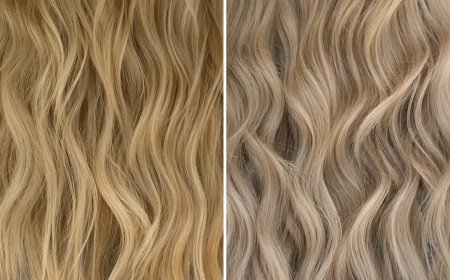
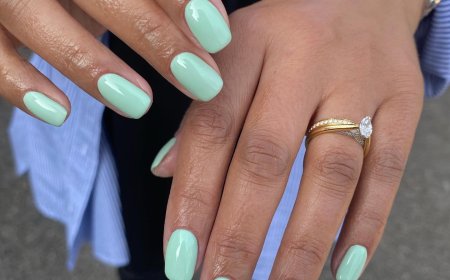
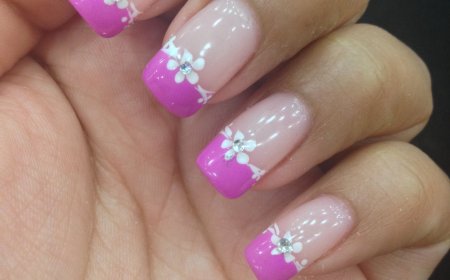

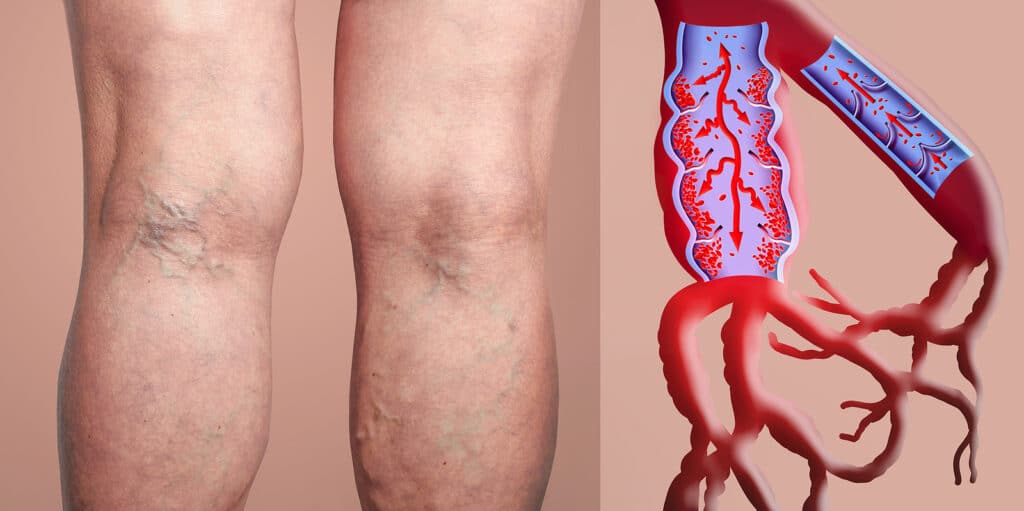



:max_bytes(150000):strip_icc()/drugstore-retinol-creams-tout-f76b9d2796e34eaa8376801c83fb1888.jpg)






